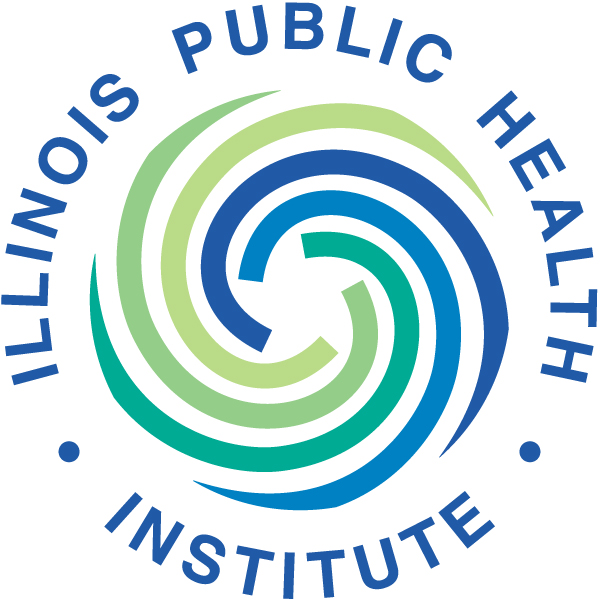TDRS Resources
RESEARCH
Yao Liu MD, MS
Director, UW Teleophthalmology Program
Assistant Professor, Department of Ophthalmology & Visual Sciences
University of Wisconsin School of Medicine and Public Health
1.“Identification of Barriers, Facilitators and System-Based Implementation Strategies to Increase Teleophthalmology Use for Diabetic Eye Screening in a Rural US Primary Care Clinic: a Qualitative Study” by Liu, Yao et al.
This study identifies and discusses patient and primary care provider barriers, facilitators, and strategies to increase teleophthalmology use. Note the list of recommended implementation strategies in Table 3.
Access the article here: https://www.ncbi.nlm.nih.gov/pmc/articles/PMC6398662/
2. “Scaling Up Teleophthalmology for Diabetic Eye Screening: Opportunities for Widespread Implementation in the USA” by Liu, Yao et al.
This study discusses opportunities to address key barriers to widespread implementation of teleophthalmology programs for diabetic eye screening in the United States (U.S.).
3. Invitation to Partner in Focus Groups on Patient Perspectives on Teleophthalmology for Diabetic Eye Screening
Dr. Liu and her team are seeking to identify potential research partnerships with urban teleophthalmology programs (e.g. Chicago-area) that may be interested in helping to recruit patients with diabetes to participate in focus group discussions on teleophthalmology and diabetic eye screening. They hope to use this information to increase patient access and utilization of these programs.
Dustin French, PhD
1. “Payment Reform Needed to Address Health Disparities of Undiagnosed Diabetic Retinopathy in the City of Chicago” by French, Dustin et.al.
This study presents an argument for changes in reimbursement policies to support those providers in underserved urban areas that may struggle with new demand for labor- and technology-intensive health care.
TOOLS
Yao Liu MD, MS
Director, UW Teleophthalmology Program
Assistant Professor, Department of Ophthalmology & Visual Sciences
University of Wisconsin School of Medicine and Public Health
1. A Guide to Implementation for Sustained Impact in Teleophthalmology (I-SITE)
There are 4 Modules within this toolkit. In Module 1: Assessing Organizational Readiness, you identify key resources for your teleophthalmology program and develop program goals. In Module 2: Planning & Training, you build a Change Team to develop and test implementation strategies, as well as perform staff training and testing. In Module 3: Implementation, you gather data and obtain feedback to systematically refine the clinic workflow to achieve and sustain increased diabetic eye screening. In Module 4: Community Outreach, you may choose to share the results of your program to improve public awareness and patient education about teleophthalmology in your community. Each of these modules contains worksheets and examples to enhance the learning experience.
Access the free online tele-retinopathy implementation toolkit here: https://www.hipxchange.org/I-SITE
Lauren Patty Daskivich, MD
Director, Ophthalmic Services and Eye Health Programs at L.A. County Department of Health Services
1. The Center for Biomedical Informatics at Charles Drew University-Los Angeles focuses on novel methods for improving the detection rate for diabetic retinopathy prior to eye examination (whether in-person or via teleretinal screening) and for speeding up the triage process when digital retinal images are available.
Their website offers a publication on some of these models as well as external links and resources.
